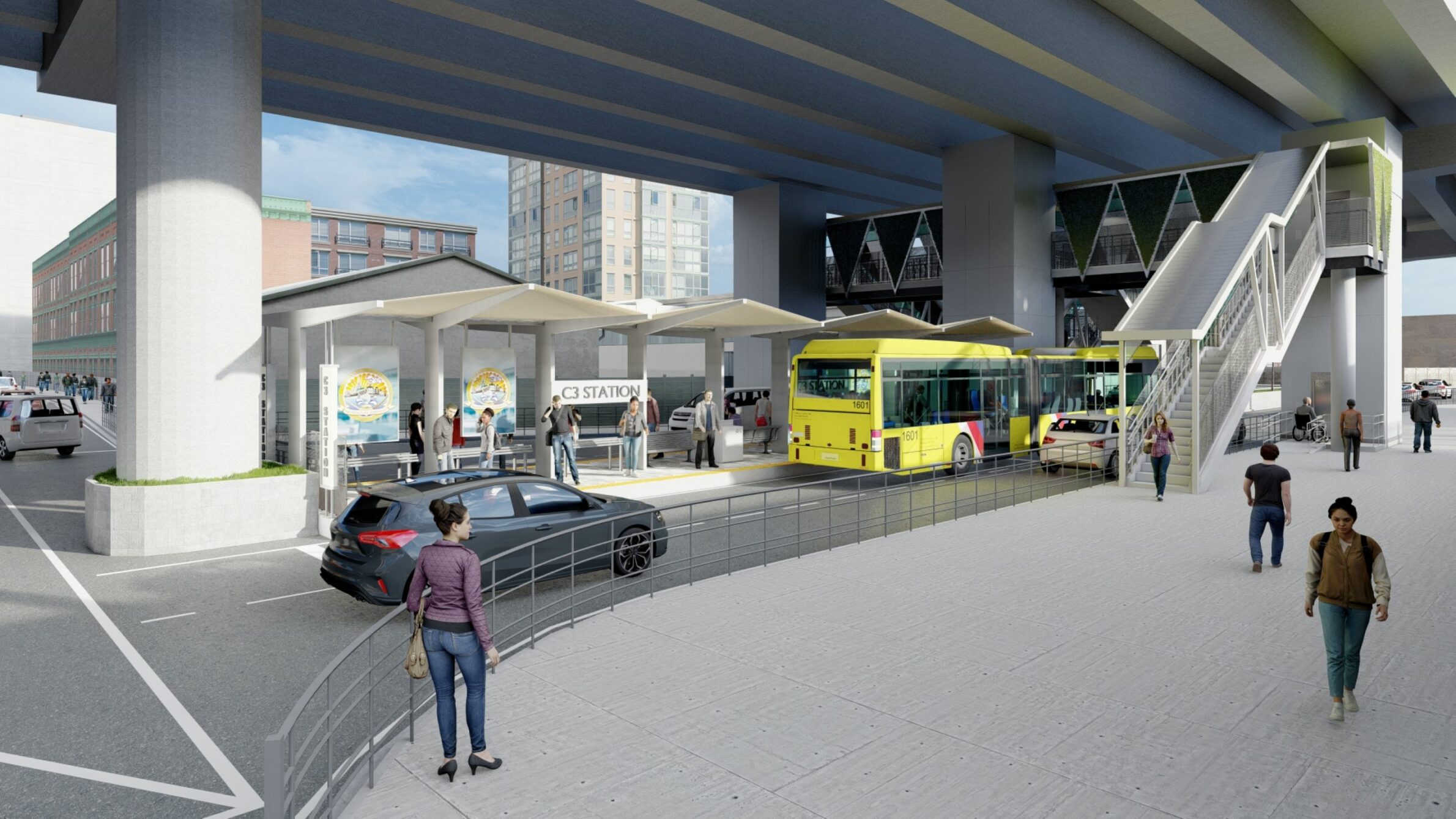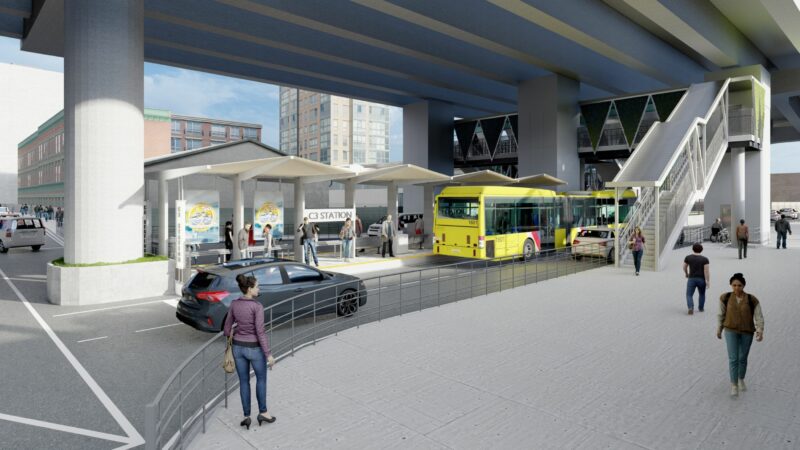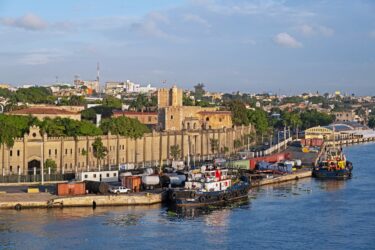Following the feasibility studies carried out in 2022, the teams at SYSTRA Philippines signed in 2024 a contract for the new phase of the project to create two bus rapid transit (BRT) lines in Navotas, a large port town in the bay of Manila.
The regional authorities of the cities of Navotas and Caloocan, as well as Philippine National Railways, the main client for the project, have renewed their confidence in SYSTRA. This new phase of the project consists of carrying out the Detailed Engineering Design for the future lines of the BRT network.
Named Navento, a contraction of Navotas and Monumento (the name of a district of the city of Caloocan), the two towns on the route of the future BRT, this network will be the first modern BRT in the Philippines. It will also connect with line 1 of the Manila metro.
AN IDEAL MOBILITY SOLUTION
This contract is a clear indication that SYSTRA Philippines has become an essential player in providing solutions to the critical transportation problems of the country. I see this new mode of transport, while still underdeveloped, as having great potential as it is less expensive than the creation of metros or guided railway lines and can be readily adapted and replicated in other highly urbanised cities in the country.
A MULTIDISCIPLINARY PROJECT FOR SYSTRA
Designers, coordinators, planners, architects, and engineers – no fewer than forty SYSTRA Philippines staff will be involved in this project, as well as several international profiles, including a systems expert from SYSTRA Singapore. Together, they will have to organise the topographical and geotechnical studies for the preparatory work, carry out a value analysis phase to ensure that the project is optimised, as well as the design studies for the 10 stations and the depot for the two lines.
The scope of the project includes architectural, structural, electromechanical, systems and ticketing studies. The detailed design phase also includes the preparation of technical specifications for each of the trades in preparation for the construction phases.


 Australia
Australia  Brazil
Brazil  Canada
Canada  Chile
Chile  China
China  Columbia
Columbia  Denmark
Denmark  Egypt
Egypt  France
France  India
India  Indonesia
Indonesia  Ireland
Ireland  Italy
Italy  Malaysia
Malaysia  New Zealand
New Zealand  Norway
Norway  Panama
Panama  Peru
Peru  Poland
Poland  Portugal
Portugal  Saudi Arabia
Saudi Arabia  Singapore
Singapore  South Korea
South Korea  Spain
Spain  Sweden
Sweden  Taiwan
Taiwan  Thailand
Thailand  Türkiye
Türkiye  United Kingdom
United Kingdom  United States
United States  Vietnam
Vietnam 




